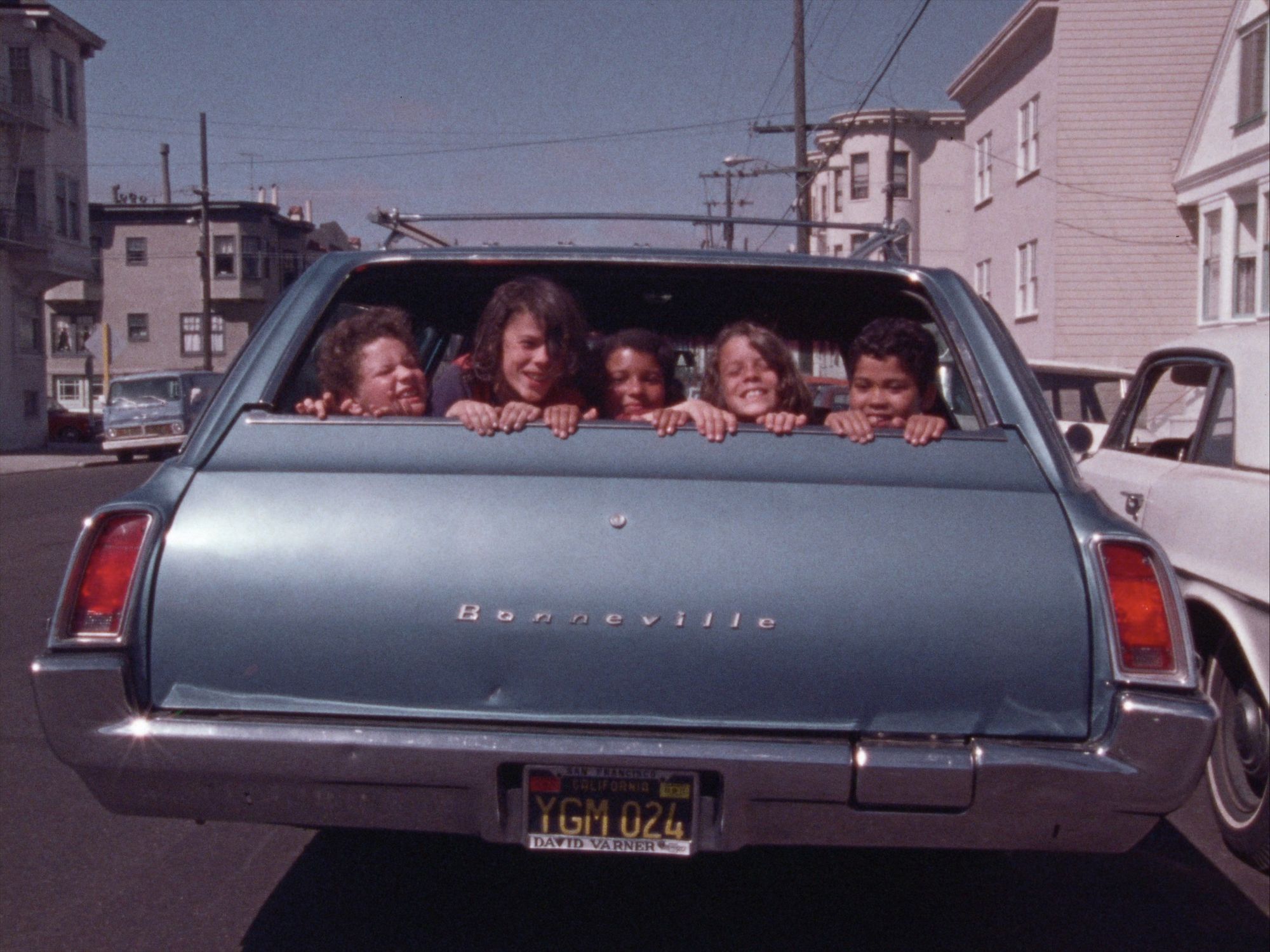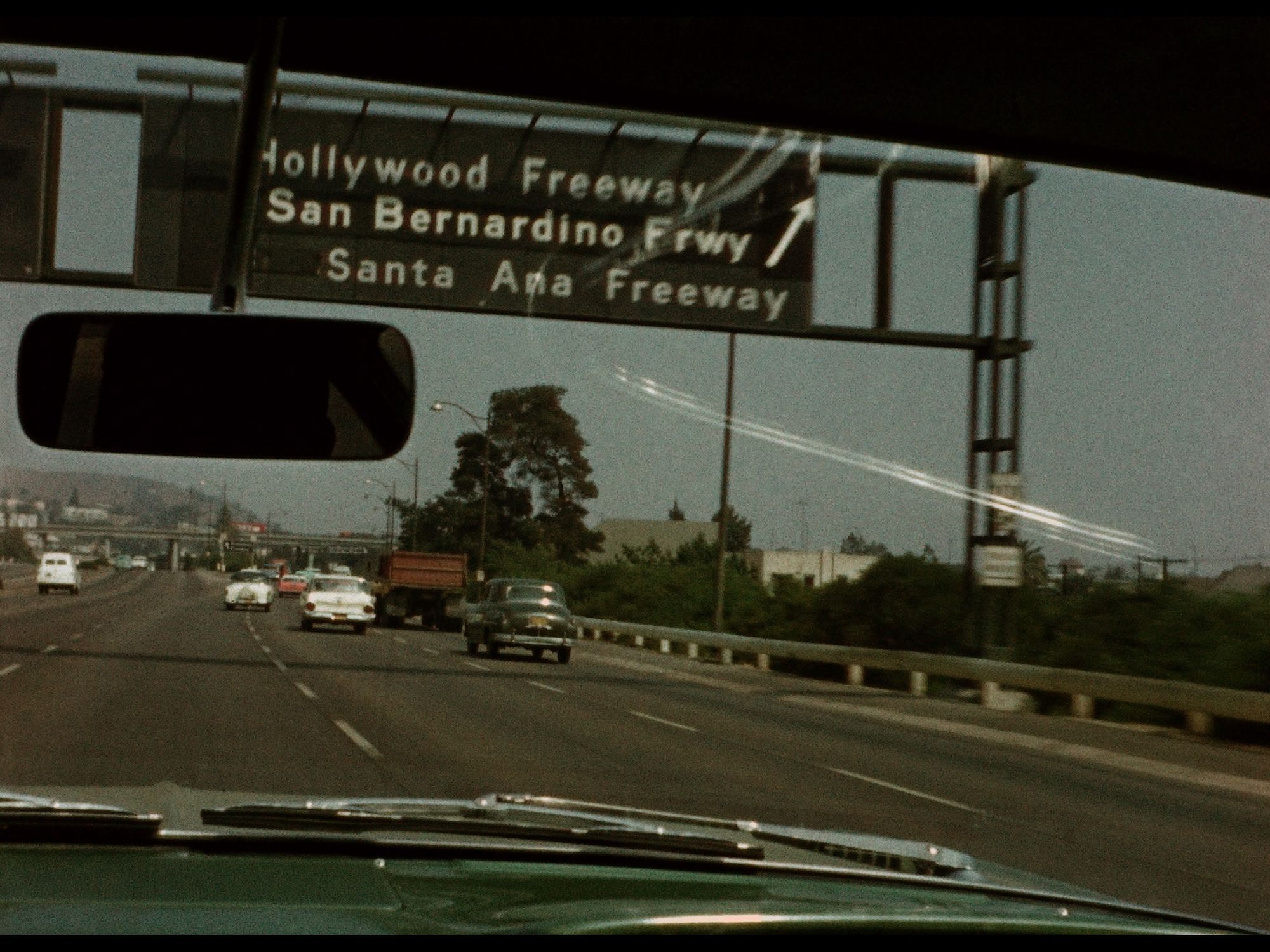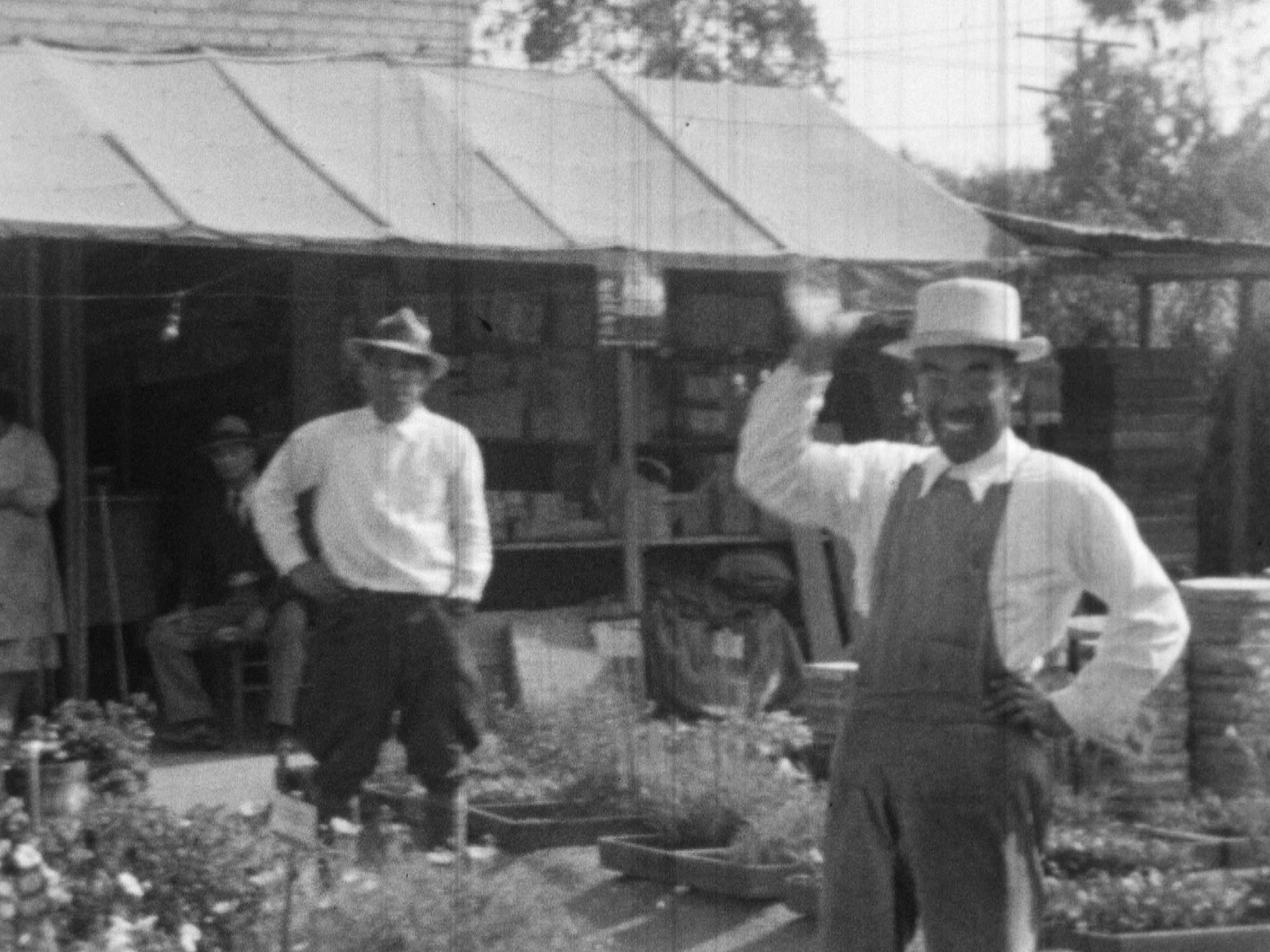Rick Prelinger’s Lost Landscapes films have become a Long Now December tradition. For the past 16 years, Prelinger has drawn on the wealth of archival material in the Prelinger Library and other sources of California’s filmed history in order to conjure up visions of a San Francisco now gone — even footage from before the 01906 earthquake. This year, Prelinger’s cinematic vision moves out from San Francisco to cover the infrastructure of California broadly, from oil wells in Venice to farms in the Central Valley to munitions factories in the East Bay. The Long Now Foundation is proud to present both the in-person premiere of Lost Landscapes 02021 — Earth, Fire, Air, Water: California Infrastructures, a sold out show at the Herbst Theater in San Francisco, and its virtual premiere on December 14, 02021. Before the virtual premiere, we talked with Rick Prelinger about the creative and archival process behind Lost Landscapes 02021 and what the future holds for the series.
The following conversation has been lightly edited.

Long Now: For the past decade and a half you’ve been making annual installments of Lost Landscapes of San Francisco. This year, you expanded the reach of the project to include California infrastructure broadly. How did the process for making this year’s film compare to the process in prior years?
Rick Prelinger: Next to San Francisco’s 49 square miles, California is infinity. And its history is extremely complicated, filled with violence — against people who stood in the way of settlement and development, and against the land. It’s easier to make an SF film, because San Franciscans know a fair amount about the history of struggle and resistance in our city, but for California I felt a responsibility to find and choose images that really told us something about the state’s history and helped us think about the future of this amazing place. Each year I usually have between 80 and 120 new source films to weave together into an SF event. This year, for all of California, I had 1,050 films to work with. This was hard.

Long Now: What opportunities did going beyond the Bay Area give you in putting the footage together? Conversely, did you experience any new challenges in finding or editing together archival material from new sources?
Rick Prelinger: Megan (my partner-in-archives) and I have spent years collecting and scanning footage of California. So there was a huge trove already there to work from. But we discovered some gems even as I was editing: the Port of Oakland in 01974; unseen footage of the 01934 San Francisco General Strike from our friend Scott Stark; and beautiful material of the Richmond shipyards during World War II. Many people helped us with footage as well. It was an embarrassment of riches.
Long Now: This film is focused specifically on infrastructure. What about infrastructure speaks to you as a filmmaker and archivist?
Rick Prelinger: I’ve always been interested in infrastructure and resources. The relationship between humans and the landscapes they inhabit, build and destroy never ceases to fascinate. And in a way much of the film is really about that subject.

Long Now: Despite being focused on infrastructure, the footage in Lost Landscapes 02021 is filled with people. What speaks to you most about the human moments within the film?
Rick Prelinger: It’s wrong to think of infrastructure as just buildings, roads, pipelines or ports. People and their activities also make up infrastructure. The workers who pick, box and carry lettuce from earth to truck are part of the infrastructure that keeps us fed. And the beliefs, ceremonies, and families that sustain us might be thought of as infrastructure. Beyond that, it’s wrong to think of landscapes and infrastructures as having an existence outside of, or beyond people. We made them, we use them, and we have to come to terms with their effects, desired or undesired.
Long Now: What does the future of Lost Landscapes look like? Are there any other specific topics you’d like to investigate deeper, as you did with infrastructure this year?
Rick Prelinger: This year’s film is an experiment, a sketch, a proof to myself that this really is a concept. Maybe infrastructure again. Maybe the state. Maybe the nation. We’ll see how things look as the world lurches into 02022.
RSVP for the free virtual premiere of Lost Landscapes 02021 here.